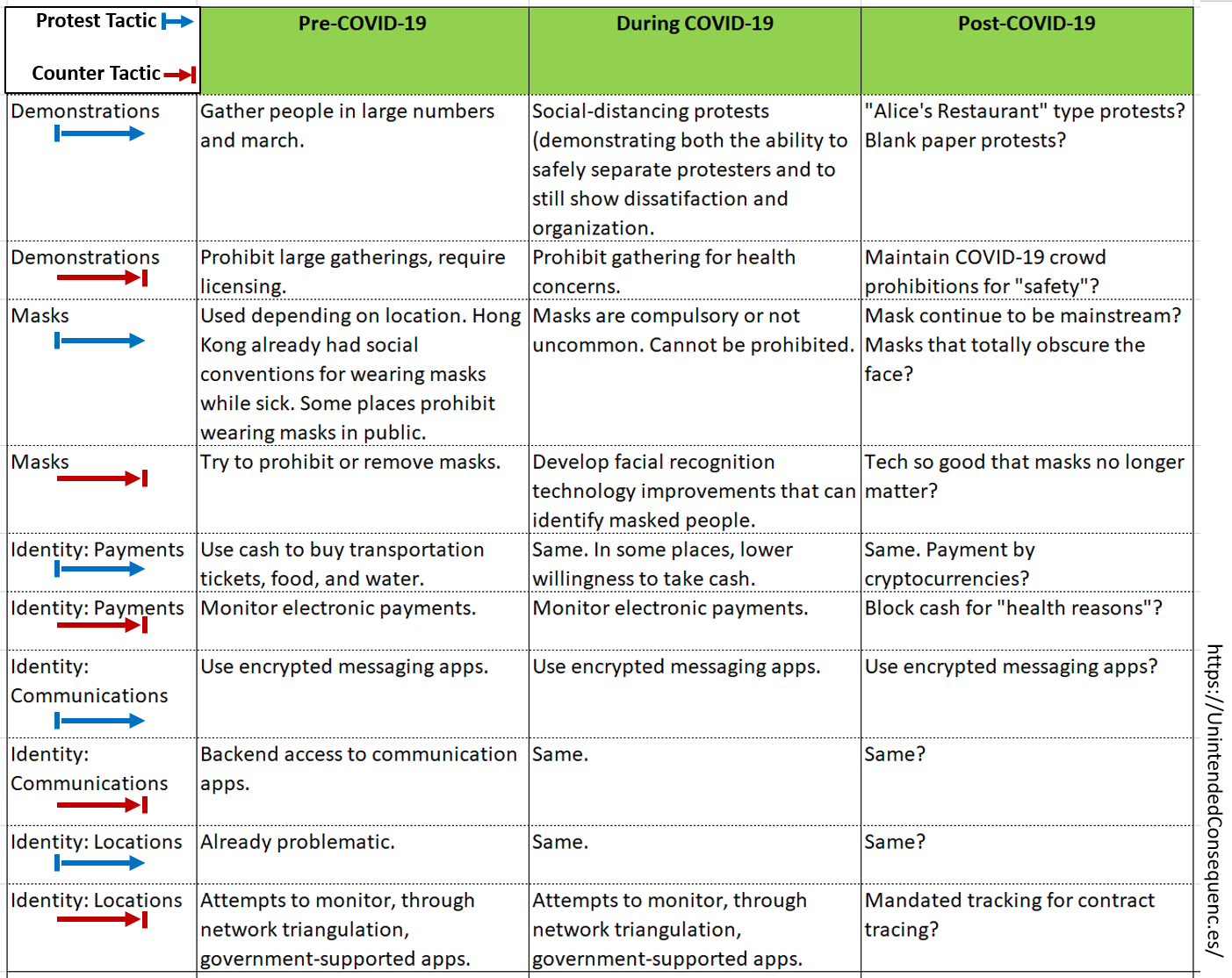How do protest techniques adapt to changing laws, international public opinion, and online mobs?
Blank Paper
In an earlier essay on Pandemic Protests I shared an example of a “blank paper” protest from Kazakhstan. Police arrested a man holding a piece of blank paper on charges of “we’ll sort that out later.”
Kazakhstan is not a country associated with free speech. Neither was the former USSR. As the old joke goes (translated from Protest Folklore, by Andrey Moroz):
“A man throws leaflets on Red Square, they grab him and see that he is handing out blank papers. They ask: “Why empty?” – “So everything is clear.”

